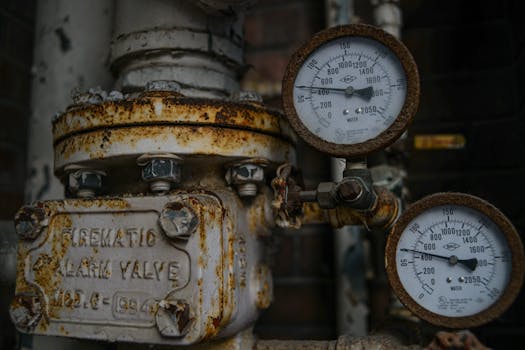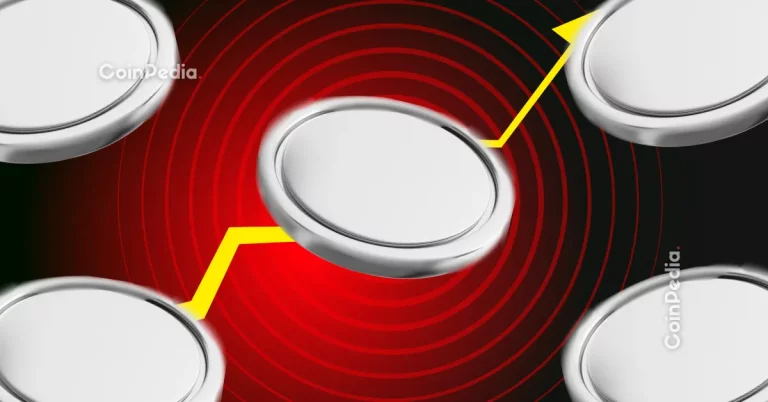
Understanding the Basics of Hydraulics and Pneumatics: A Comprehensive Guide
Takeaways:
- Hydraulics uses liquids, while pneumatics uses gases.
- Both systems convert energy into mechanical work.
- Applications include machinery, automotive systems, and automation.
- Understanding maintenance and safety is crucial for efficient operation.
Hydraulics and pneumatics are two critical branches of fluid power technology that play a vital role in various industries. From construction equipment to manufacturing processes, these systems enable machines to perform complex tasks with precision and efficiency. In this article, we will explore the fundamental principles of hydraulics and pneumatics, their applications, and the differences between the two systems.
What is Hydraulics?
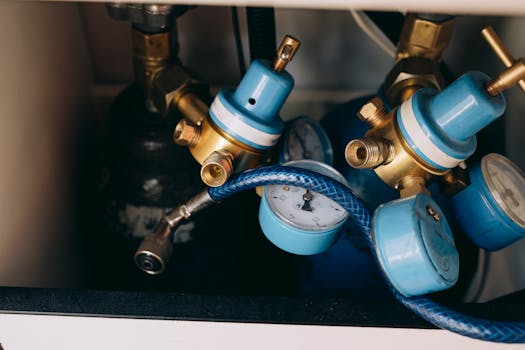
Hydraulic systems consist of several key components, including:
- Hydraulic Fluid: The fluid used in hydraulic systems, typically oil, which provides lubrication and transfer of power.
- Pumps: Devices that convert mechanical energy into hydraulic energy by moving the hydraulic fluid.
- Actuators: Components such as cylinders or motors that convert hydraulic energy into mechanical motion.
- Valves: Devices that control the flow and direction of the hydraulic fluid.
Applications of hydraulics are vast and include:
- Construction Equipment: Excavators, bulldozers, and cranes rely on hydraulic systems for lifting and moving heavy loads.
- Manufacturing: Hydraulic presses and machines are used for stamping, molding, and cutting materials.
- Aerospace: Aircraft utilize hydraulic systems for landing gear, brakes, and flight control surfaces.
What is Pneumatics?
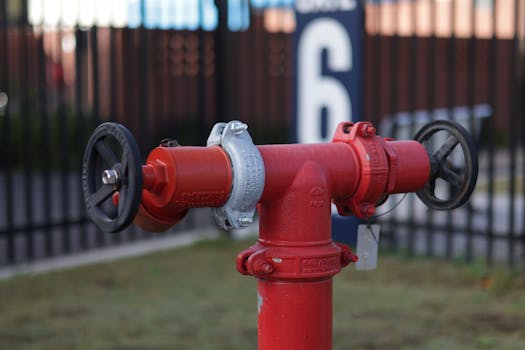
Key components of pneumatic systems include:
- Compressed Air: The primary medium used in pneumatic systems, usually generated by air compressors.
- Actuators: Typically air cylinders or pneumatic motors that convert compressed air into mechanical motion.
- Valves: Devices that control the flow and pressure of the compressed air.
Pneumatics is widely used in various applications, such as:
- Automation: Automated assembly lines often use pneumatic systems for the movement of parts and tools.
- Material Handling: Pneumatic conveyors transport bulk materials efficiently.
- Packaging: Pneumatic systems are commonly used in packaging machinery to ensure speed and precision.
Key Differences Between Hydraulics and Pneumatics
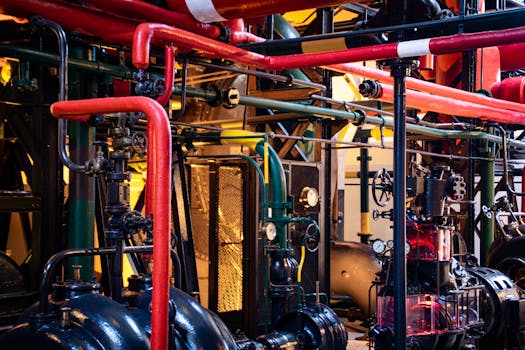
- Medium: Hydraulics use liquids, while pneumatics use gases.
- Pressure Levels: Hydraulic systems can operate at higher pressures compared to pneumatic systems, making them suitable for heavy-duty applications.
- Speed: Pneumatic systems tend to operate faster due to the compressibility of gases.
- Precision: Hydraulics provide better control and precision for heavy lifting tasks.
Conclusion
